Archives
- 2025-11
- 2025-10
- 2025-09
- 2025-03
- 2025-02
- 2025-01
- 2024-12
- 2024-11
- 2024-10
- 2024-09
- 2024-08
- 2024-07
- 2024-06
- 2024-05
- 2024-04
- 2024-03
- 2024-02
- 2024-01
- 2023-12
- 2023-11
- 2023-10
- 2023-09
- 2023-08
- 2023-07
- 2023-06
- 2023-05
- 2023-04
- 2023-03
- 2023-02
- 2023-01
- 2022-12
- 2022-11
- 2022-10
- 2022-09
- 2022-08
- 2022-07
- 2022-06
- 2022-05
- 2022-04
- 2022-03
- 2022-02
- 2022-01
- 2021-12
- 2021-11
- 2021-10
- 2021-09
- 2021-08
- 2021-07
- 2021-06
- 2021-05
- 2021-04
- 2021-03
- 2021-02
- 2021-01
- 2020-12
- 2020-11
- 2020-10
- 2020-09
- 2020-08
- 2020-07
- 2020-06
- 2020-05
- 2020-04
- 2020-03
- 2020-02
- 2020-01
- 2019-12
- 2019-11
- 2019-10
- 2019-09
- 2019-08
- 2018-07
-
Fig summarizes the oxidative metabolism of
2024-06-22
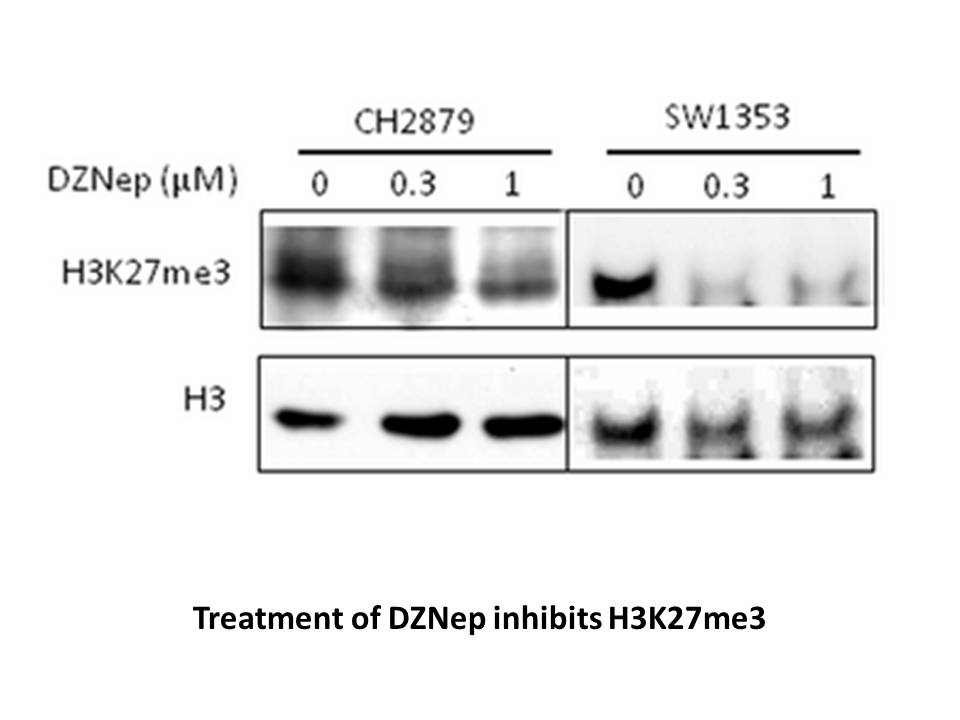
Fig. 1 summarizes the oxidative metabolism of arachidonic triclosan products by lipoxygenases cyclooxygenases and cytochrome P450. Lipoxygenases in humans are expressed in a tissue-specific fashion: 5-LOX is mainly expressed in leukocytes, 12-LOX in platelets, and 15-LOX-1 in reticulocytes, eosino
-
The class C receptors also share a common agonist binding
2024-06-22
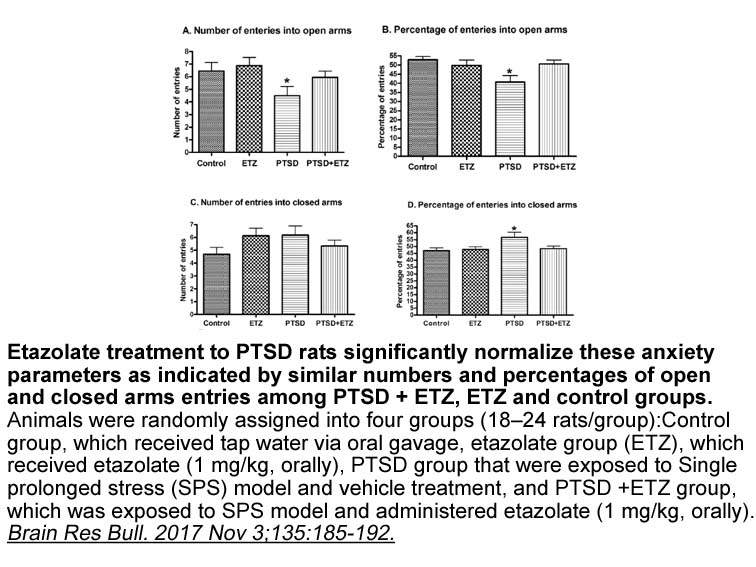
The class C receptors also share a common agonist-binding mode. In all cases, an agonist induces VFT closure by forming intermolecular bonds with surface residues in both the LB1 and LB2 domains (Geng et al., 2013, Geng et al., 2016, Kunishima et al., 2000, Muto et al., 2007, Nuemket et al., 2017, T
-
br Experimental section br Acknowledgements
2024-06-22
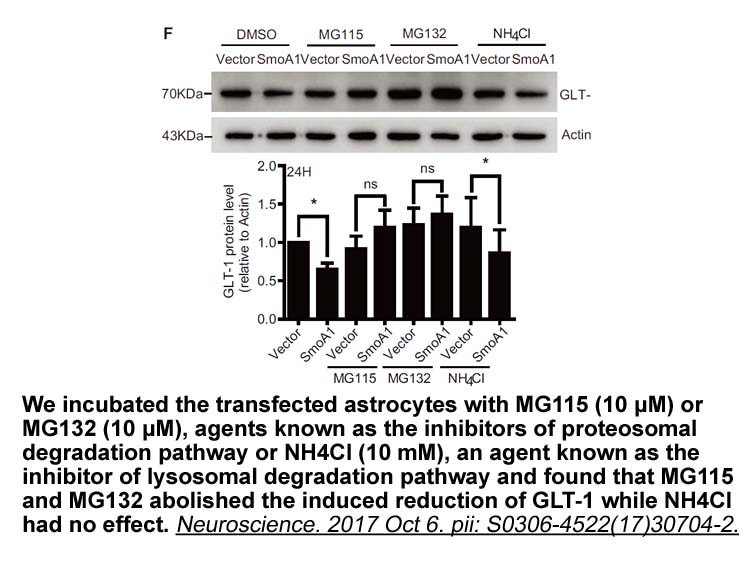
Experimental section Acknowledgements Introduction DJ-1 is a highly conserved, homodimeric protein that was originally cloned as an oncogene capable of transforming gaba receptors in cooperation with activated ras[1]. DJ-1 is over-expressed in multiple tumor types and is positively correla
-
apomorphine TLRs play a key role in pathogen recognition and
2024-06-22

TLRs play a key role in pathogen recognition and early response. In our study, we showed an increase of TLR2 mRNA and protein expression after BMECs were stimulated by S. aureus, as seen for BMECs in a previous study [25]. Although most studies describe TLR4 as a primary receptor for Gram-negative b
-
MADS box proteins are combinatorial transcription factors
2024-06-22
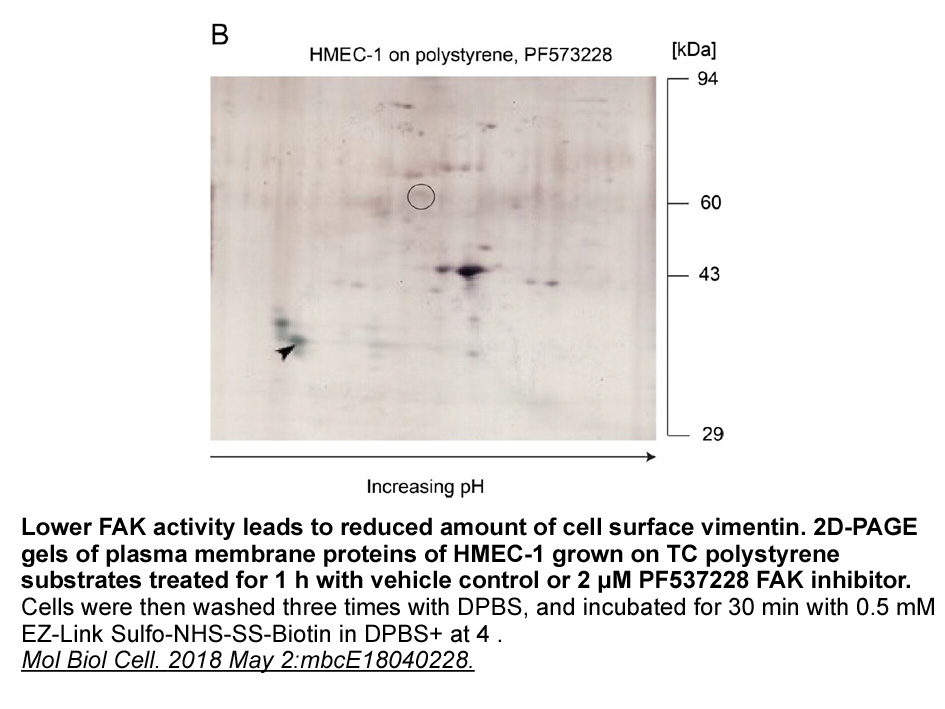
MADS box proteins are combinatorial transcription factors in that they often derive their regulatory specificity from other DNA binding or accessory factors. In many cases, the cofactor with which MADS box proteins interact specifies which genes are regulated, when they are regulated and if these ge
-
br Conflict of interest br
2024-06-22
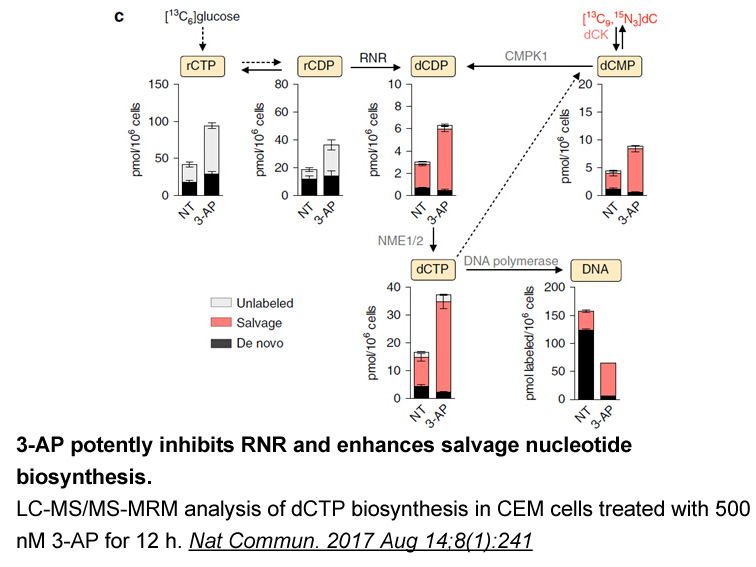
Conflict of interest Acknowledgement We wish to thank the Program of National Key R&D Program of China (2017YFD0200500) and the Fundamental Research Funds for the Central Universities (KYTZ201604) for partially funding this work. Introduction Chitosan ((1→4)-2-amino-2-deoxy-β-d-glucose) is
-
Interestingly ZIP expression was decreased in
2024-06-22
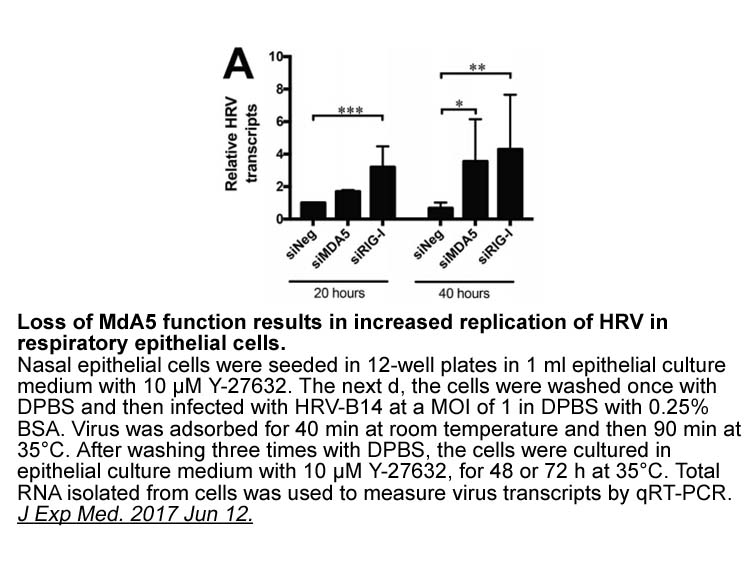
Interestingly, ZIP9 expression was decreased in dog testes after they were implanted with gonadotropin releasing hormone (GnRH) which the authors proposed was due to androgen ablation (Bulldan et al., 2016a). The expression of other members of the ZIP (SLC39A) family has also been shown to be regula
-
The fact that Yoda can
2024-06-22
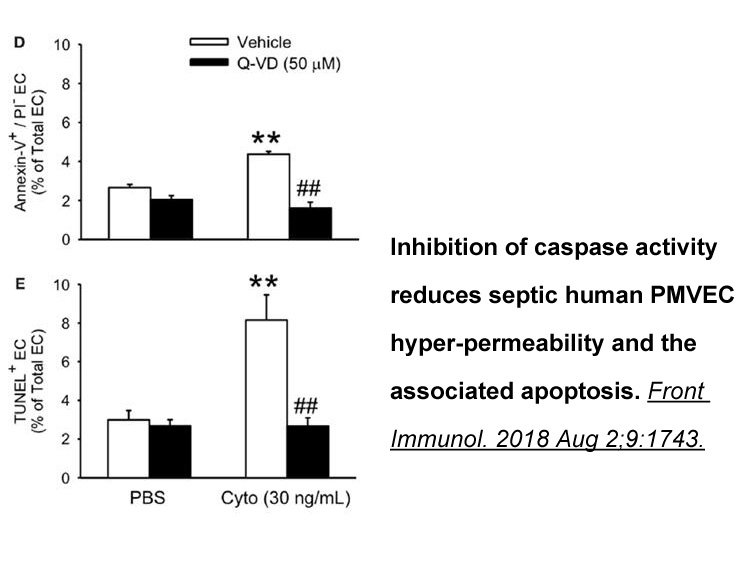
The fact that Yoda1 can activate Piezo1 in the absence of other cellular components other than a cell membrane [2], suggests that it may directly interact with and activate Piezo1. However, this does not preclude Yoda1 from interacting and activating non-Piezo channels, particularly in endothelial c
-
br Preliminary remarks Expression of the transcription facto
2024-06-22
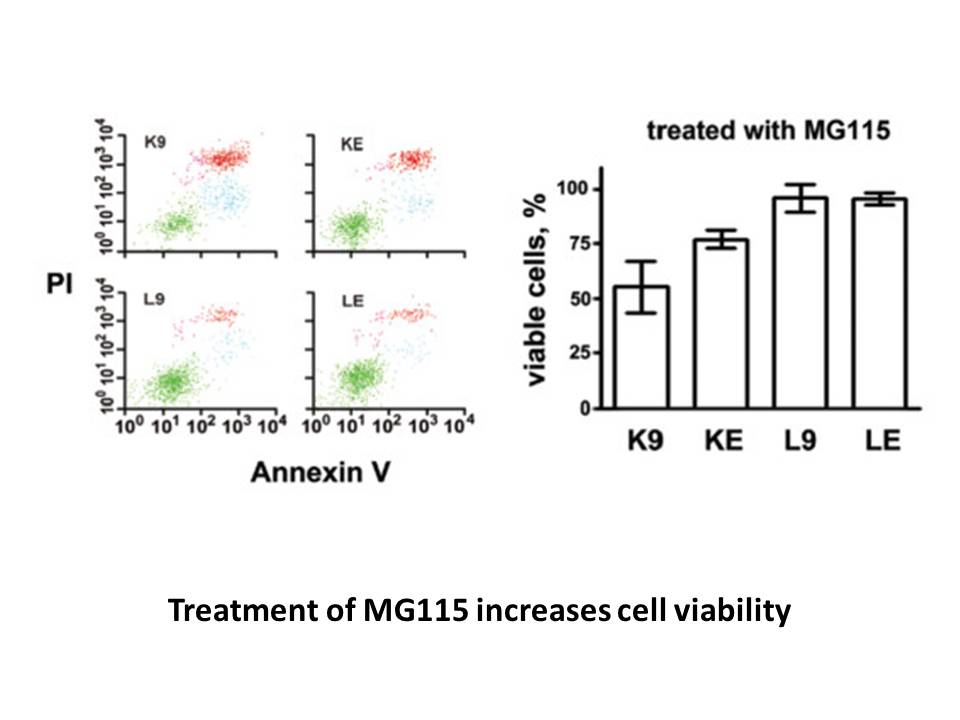
Preliminary remarks Expression of the transcription factor aryl hydrocarbon receptor (AHR) and the AHR-repressor (AHRR) are both strikingly high in the MP-470 of barrier organs skin and gut [1,2]. It is generally assumed that this reflects their role in linking environmental factors to an adapted
-
Mechanisms implicated in antinociception by A R agonists in
2024-06-22
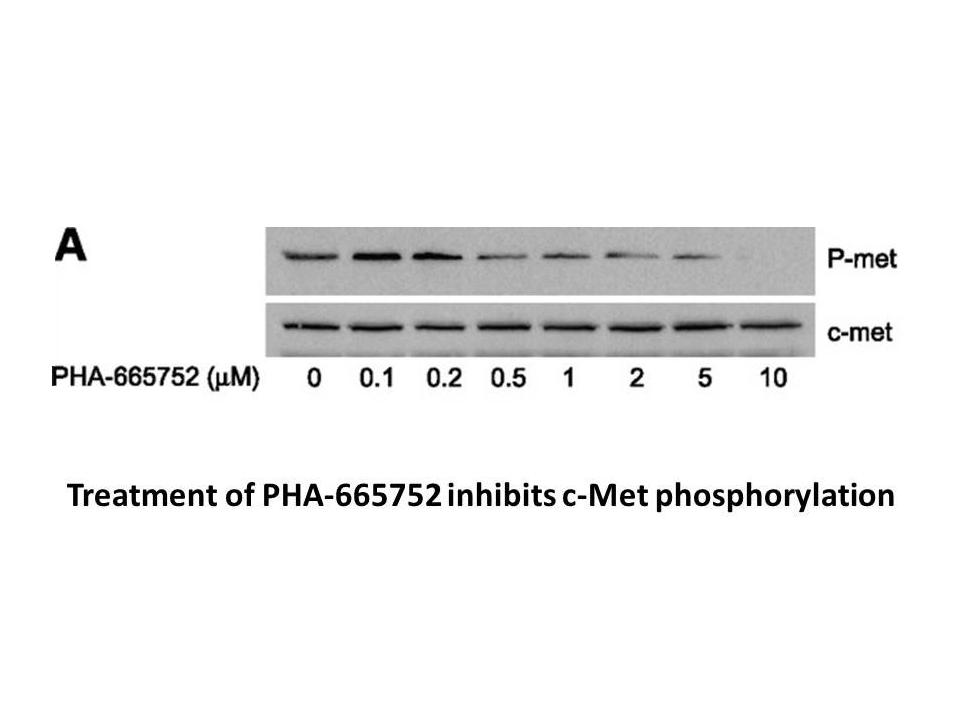
Mechanisms implicated in antinociception by A3R agonists in neuropathic pain are summarized in Box 3. Cellular transduction mechanisms for A3Rs include inhibition of cyclic AMP, PKA via Gαi, interactions with PLC/IP3/DAG and signaling via Gαi and Gαq, and interactions with PI3K/MEK/ERK via βγ subun
-
The total IgG concentration decreased
2024-06-21

The total IgG concentration decreased from a mean of 997 mg/100 ml before treatment to a mean of 696 after treatment in the MuSK+MG patients, and from a mean of 1736 mg/100 ml to a mean of 802 mg/100 ml in the AChR+MG patients (normal values 723–1685 mg/100 ml). This decrement was also statistically
-
br Experimental section br Results and
2024-06-21
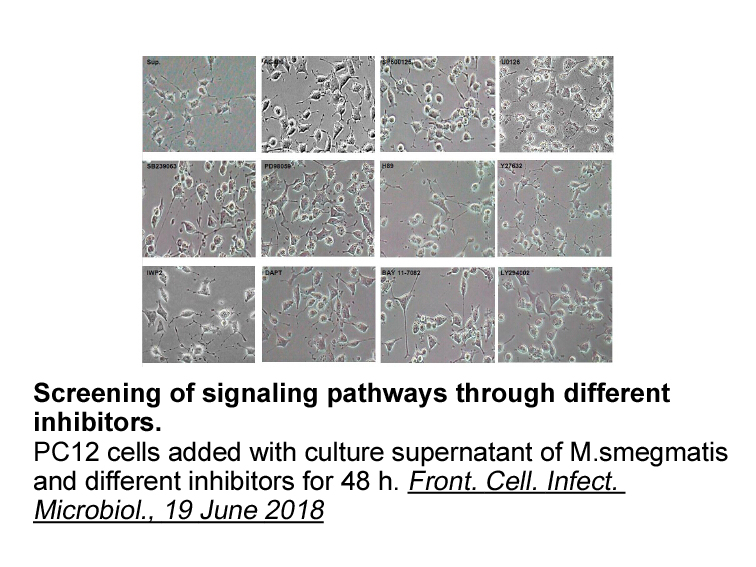
Experimental section Results and discussion Conclusion Acknowledgements This work was financially supported by Recruitment Program of Global Experts, and the Director Foundation of XTIPC, CAS, Grant No. 2015RC011. This work was also financially supported by Natural Science Foundation of
-
Compounds are representatives of an
2024-06-21
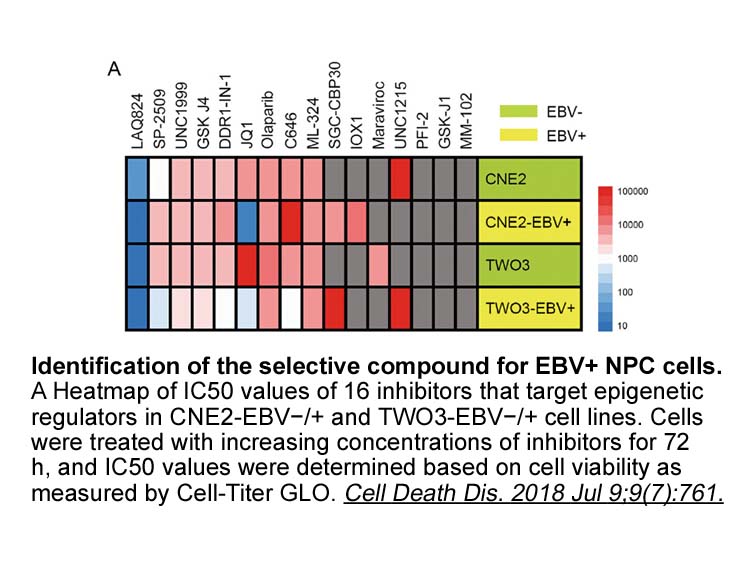
Compounds – are representatives of an array of MBG targets (, ) related to imidazole standard that were synthesized and initially tested in a rat CYP17 lyase screening assay (). The inhibitors were synthesized as racemates by coupling of 6,7-dimethoxy-naphthalene-2-isopropyl ketone with the requisi
-
Materials and methods br Results
2024-06-21
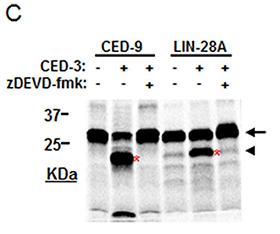
Materials and methods Results Discussion ATX plays a significant role in initiating and sustaining tumor metastasis [43]. LPA stimulates cell proliferation, migration and survival by acting on its cognate G-protein-coupled receptors. Aberrant LPA production, receptor ABT 724 trihydrochloride
-
shows the complexes resulting from interaction of the propos
2024-06-21

shows the complexes resulting from interaction of the proposed anion receptors with the anions F, Cl, NO, and SO. No imaginary frequency was observed for the optimized complexes indicating the complexes are in potential minima and they are not transition state structures. summarizes the calculated
14279 records 129/952 page Previous Next First page 上5页 126127128129130 下5页 Last page